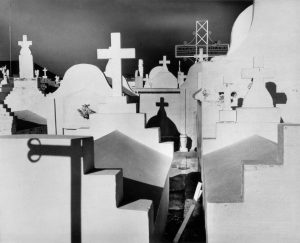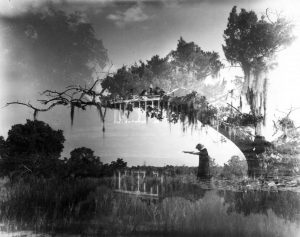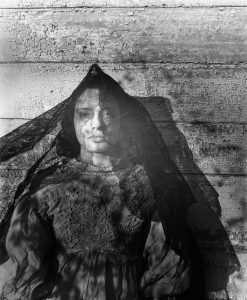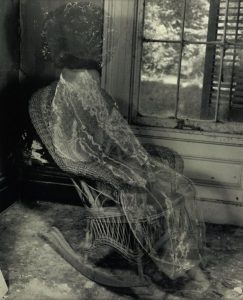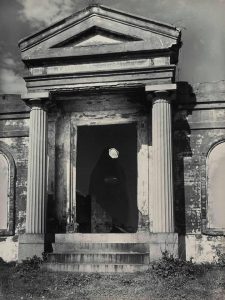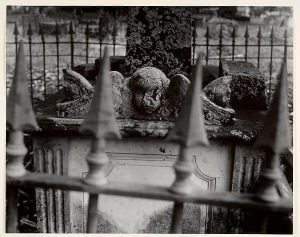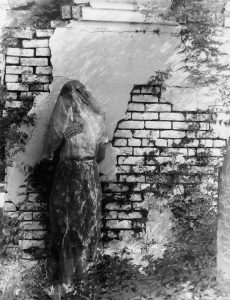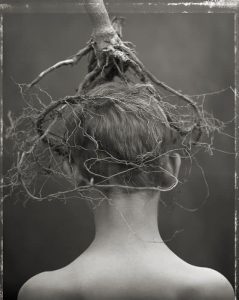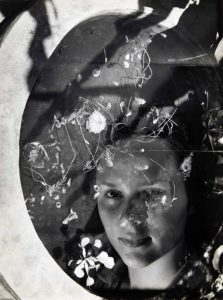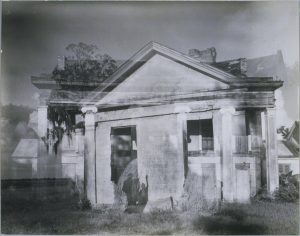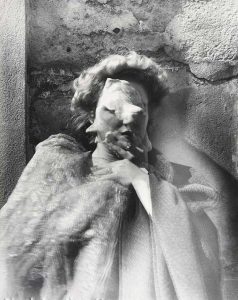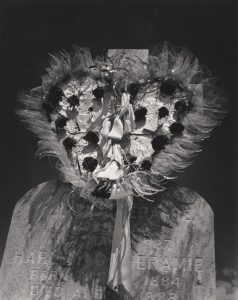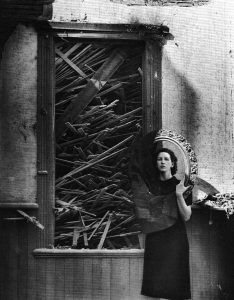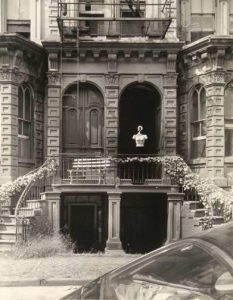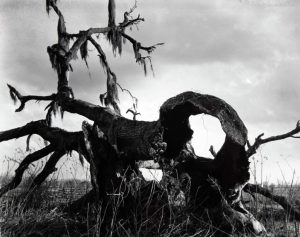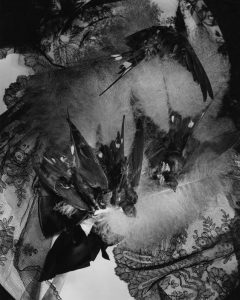Curators' Pick
Clarence John Laughlin | Southern Gothic

Clarence John Laughlin (1905 – 1985) | Southern Gothic
Laughlin was a New Orleans photographer : he’s best known for his monochromatic, sometimes uncanny and disquieting images of the Southern United States. Considering the ethereal and dream-like quality of many of his scenes, he’s sometimes spoken of as the father of American Surrealism. In considering his photographs, the ‘original’ definition of Surrealism from André Breton was to “resolve the previously contradictory conditions of dream and reality into an absolute reality, a super-reality.” Less pretentiously (Frida Kahlo did refer to Breton as being among the ‘art bitches’ of Paris, whom she disdained, ahem), in the work of Laughlin, one can see that he was attempting to both re interpret and define his own memories and experiences of a site, while also employing the place and people within it, that is rife with contested narratives.
I tried to create a mythology from our contemporary world. This mythology — instead of having gods and goddesses — has the personifications of our fears and frustrations, our desires and dilemmas.
(Clarence John Laughlin)
For those unfamiliar : ‘Southern Gothic is an artistic subgenre…heavily influenced by Gothic elements and the American South. Common themes of Southern Gothic include storytelling of deeply flawed, disturbing, or eccentric characters who may be involved in hoodoo [or the large sphere of the occult], decayed or derelict settings, grotesque situations, and other sinister events relating to or stemming from poverty, alienation, crime, or violence.’ (from here)
As darkness set in, the mist drifted off the deep acreage of sugarcane that flattened back to the surrounding slough and mire. Blooming loblolly bushes, palmettos, and thick fields sprouting a type of flower he’d never seen before filled the evening air with an assertive but sweet fragrance.
The Nail family lived in an antediluvian mansion that had been built long before the separation of states. He saw where it had been rebuilt after Civil War strife and he could feel the dense and bloody history in the depths of the house. He glanced up at a row of large windows on the second floor and saw six lovely pale women staring down at him.
————————
A tremendously wide stairway opened to a landing where colonnades rose on either side abutting the ceiling. He could see the six sisters huddled together at the banister curving down from the second floor, all of them watching him, their hair sprawled over the railing. He waved, but only one of them responded, lifting her hand and daintily flexing her fingers.
(Tom Piccirilli, Emerald Hell)
The book I quote above takes place primarily in Louisiana – where the artist who’s the focus of this essay was born, and a place, whether in terms of New Orleans (his birthplace) or the greater Southern Reach (a term I borrow from another author), that defined his aesthetic. In that book, there are many dark characters that are pervasive within Southern Gothic horror that’s a wide genre, one which I’ve been quite interested in of late. The aforementioned Nail family’s daughters suffer under a ‘curse’ where they cannot speak, and seem to move about the massive manse like apparitions, veiled and almost insubstantial, like a breeze accentuated by their long dresses and hair (like so many lamenting female ghosts of the South, and elsewhere).
Another player in Emerald Hell is known only as ‘the walking darkness’ or ‘Brother Jester’: a former evangelical preacher who, after surviving an attempt made on his life, wanders the highways and byways of the state, leaving human wreckage in his wake. A later day incarnation of Robert Mitchum’s ‘man of god’ in the film Night of the Hunter (1955), perhaps. I am also reminded of some of the desolate – but drenched in histories and stories, almost like a stain the permeates the ground deeply – landscapes from the first season of True Detective, which is another iteration of the essence of the Southern Gothic.
One could imagine Laughlin’s images as characters and tableaux for such a chronicle. In this sense, Laughlin is a storyteller, an historian, just like Michael Lesy, who took us on a Wisconsin Death Trip…
Ghosts exist for a purpose. Unfinished business, delayed revenge, or to carry a message. Sometimes the dead can go to a lot of trouble to bring a desperate warning of some terrible thing that’s coming.
Whatever the reason, don’t blame the messenger for the message.
(Simon R. Green, Voices from Beyond)
I attempt, through much of my work, to animate all things—even so-called ‘inanimate’ objects–with the spirit of man….the creative photographer sets free the human contents of objects; and imparts humanity to the inhuman world around him.
(Clarence John Laughlin)
Born in Lake Charles, Louisiana, Laughlin had a difficult childhood, and this – in tandem with his ‘southern heritage’ and literary interests – are touchstones for his work. The family moved to New Orleans in 1910 after further economic hardship, with his father working in a factory in the city. A quiet, introverted child, Laughlin had a close relationship with his father whose encouragement – especially in terms of Laughlin’s interest in literature – was important to his development as an artist. His father’s death in 1918 affected him greatly : the dark, funerary, epitaphic nature of much of his work, perhaps, echoes this loss.
Laughlin never completed high school, but was a “highly literate man. His large vocabulary and love of language are evident in the elaborate captions he later wrote to accompany his photographs.
Laughlin discovered photography when he was 25 and taught himself how to use a simple 2½ by 2¼ view camera. He began working as a freelance architectural photographer and was subsequently employed by agencies as varied as Vogue Magazine and the US government. Disliking the constraints of government work, Laughlin eventually left Vogue after a conflict with then-editor Edward Steichen. Thereafter, he worked almost exclusively on personal projects utilizing a wide range of photographic styles and techniques, from simple geometric abstractions of architectural features to elaborately staged allegories utilizing models, costumes, and props.” (from here)
From the High Museum of Art in Georgia (the accompanying text for a retrospective of Laughlin’s work) : “Known primarily for his atmospheric depictions of decaying antebellum architecture that proliferated his hometown of New Orleans, Laughlin approached photography with a romantic, experimental eye that diverged heavily from his peers who championed realism and social documentary.”
More about his work and life can be enjoyed here and here : and perhaps, while perusing these images, consider listening to another Southerner – Johnny Cash – and his song The Wanderer, that also offers (ironically, considering the title) a place to stand, intertwined with histories both personal and more public, when considering the photographs of Clarence John Laughlin.
~ Bart Gazzola

